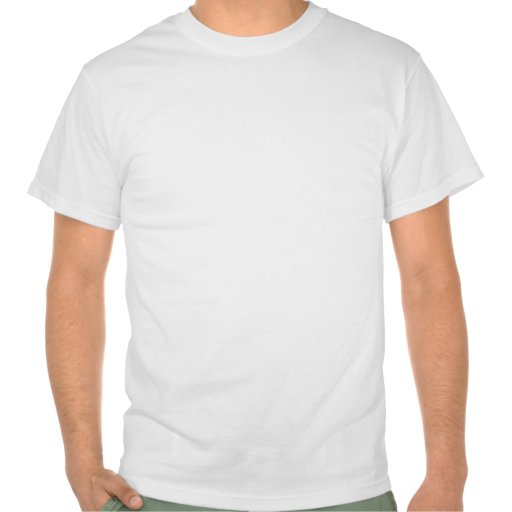All the new high-end tech and performance gear is headed towards these anti-microbial and anti-odor garments. And they all seem to be using something of the same sort of material as well- a silver nano-particle weave. Silver's use as an anti-biotic dates back to the 19th century where it was used in many bandages and disinfectants before anti-biotics started gaining wide use. Silver dollars were dropped into milk bottles to prevent milk curdling before the pasteurization process was made common place. The same thought process is now being applied to create these new antimicrobial running garments.
First, a little background info on how silver may work against microbes. While silver's antimicrobial properties have been know for hundreds of years, we still don't know exactly how it works. Some of the proposed mechanism are that it can bind to thiol groups and inactivate certain enzymes by altering certain bond types within cell membranes. Changes in bonds can alter protein shape and ultimately alter their function, usually for to the determent of the microbe. Silver has also been hypothesized to alter the actual DNA of these microbial organisms by again altering bonding between the two strands of DNA.
Running garments make perfect mediums for bacterial growth; they are damp and warm. Bacteria thrive in such an environment and when they reproduce and colonize, they create metabolic by-products. And while some bacteria can smell nice, a lot smell musty or just downright awful. You'll know from opening up your compost bin and getting a nice face full of that smell. It isn't exactly the most pleasant smelling bucket int he world. What the silver weave does is prevent the growth of these odor-causing bacteria.
Previous incarnations of anti-bacterial/anti-odor garments focused mainly on anti-bacterial sprays. These "fumigated" shirts worked well... so long as you never washed them. The problem with these old technologies was that the anti-bacterial spray was completely gone in 10 washes. This new silver weave allows for longer shirt life and keeps you smelling great. And who likes to smell rank all the time anyway?
 | |
| Said no one ever |
**Remember to always wash your workout gear with a sports-specific wash. This will preserve the efficacy of both the silver fibers and the spray treatment.**
There's a bunch of cool and exciting stuff coming out in the next little while. I'll be sure to keep you posted on all the newest developments and products as I get them. Team Runner's Mark Signing off!


.jpg)

No comments:
Post a Comment